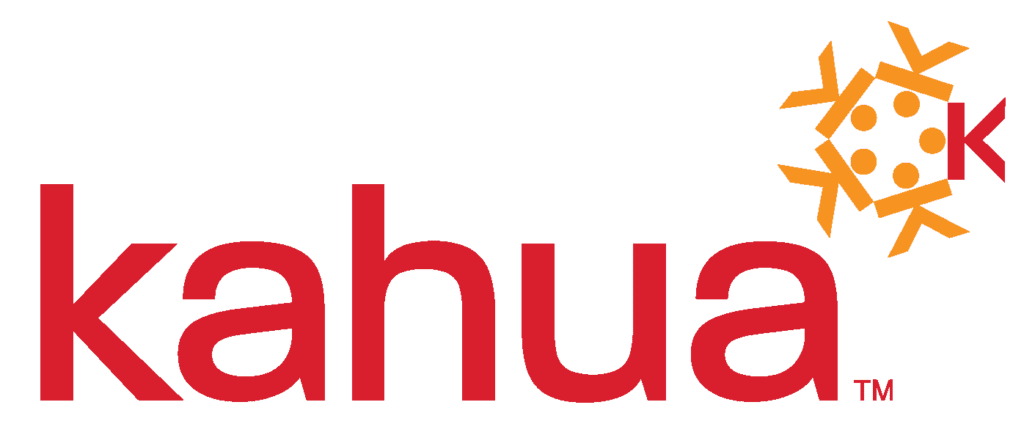5 Project Scheduling Steps to Optimize Efficiency
The world would be a great place if everything ran on schedule. However buses, trains and even the weather consistently have a mind of their own. This is especially true of construction projects, where 92% of projects continue to finish late.
Unfortunately, the completion of projects on time is often disrupted by tight timelines, staffing challenges and material shortages. In other cases, the issue could be an unrealistic plan from the beginning. Having a clear, well-organized and truly informed schedule can make the difference between a project that runs smoothly and one that faces costly delays.
Whether managing a small project or a large-scale infrastructure development, working through the right scheduling steps - coupled with the right construction scheduling software - can increase your chances of staying on track.
With several scheduling steps to consider from, selecting the right ones for your situation can improve team collaboration, communicate important milestones, define resource allocations, and improve the productivity of the project.
Let's explore five scheduling steps to streamline your construction projects for better overall efficiency.
Importance of Scheduling in Project Management
At the risk of sounding like an elementary school teacher, let’s define, “What is a schedule?”
A schedule is a timetable that outlines the timing and sequence of tasks, activities or events required to complete a project or process. A scheduling methodology is a system or process used to create, implement and track the progress of a schedule.
Why is scheduling important in project management?
While this may seem familiar at the start, walking through every step of this scheduling process may be the key to unlocking improved time estimation and avoiding missed deadlines while planning around the unknown.
1. Build the Critical Path Method (CPM) Schedule
Long the basis for planning in construction, CPM is a powerful scheduling algorithm that is widely used on projects. It ensures timely completion by identifying the longest sequence of dependent tasks - known as the critical path - which determine the overall project duration. CPM is the fastest and most efficient scheduling technique for building an initial contract schedule.
How CPM works
CPM works in construction schedules by identifying the sequence of essential tasks, known as a “critical path” directly impacting project completion. This uses durations, sequencing, dependencies and constraints to provide an optimal solution for the construction plan. By recalculating the math with different algorithms and computer programs, CPM includes an estimate of the fastest possible time to finish a specific activity.
Advantages in construction
The advantage of using CPM in construction is its ability to identify the longest sequence of dependent tasks, which determines the project’s overall duration. By analyzing these tasks and mapping dependencies, project managers can allocate resources effectively, anticipate potential delays and work to ensure timely delivery.
Implementing CPM in construction projects
Implementing CPM in construction projects helps ensure projects are completed on time, within budget and with optimal resource use. Start with a detailed project scope including breaking down the project into smaller, manageable tasks or work packages (also known as Work Breakdown Structure or WBS). Identify the relationship between tasks and categorize tasks as dependent or independent.
Then, estimate the duration for each task and determine the sequence of operations for the construction project. Finally, lock in any constraints on activities or resources and allow the algorithm to do the rest. A typical schedule will go through a number of revisions en route to becoming the approved execution plan.
2. Review the Gantt Charts
Construction management software creates a visual representation of the CPM in the form of Gantt charts. A Gantt chart can be used in conjunction with CPM to organize the critical path, visualize possible issues and review with key stakeholders..
Understanding Gantt charts
The easiest way to understand a Gantt chart is to know that the timeline runs along the horizontal axis and the list of tasks and activities that needed to complete the project are along the vertical axis.
In addition to listing the task name, you can include details like work breakdown structure (WBS), due dates, planned hours, and other project planning data. All data on the left is represented by a list of task bars on the right. Lastly, once the critical path is identified, the Gantt chart will signify all activities along this path in a red (or other user-defined) color. This completes the Gantt chart diagram.
Benefits for construction management
A picture says 1,000 words. Gantt charts are a useful tool for construction management because they organize, track and communicate project timelines and progress in a visual way. This makes it the perfect project planning tool for simplifying the schedule for all stakeholders to understand the overall project timeline at a glance.
Once you have agreed upon an approved schedule, you can integrate and configure it in Kahua. This enables stakeholders within the platform to easily update tasks, track progress, and adjust dependencies for multiple objects.
3. Perform a Program Evaluation and Review Technique (PERT)
If we truly want to create a more realistic version of the schedule, risk mitigation is a must. A common, yet more complicated construction scheduling step to consider is called Program Evaluation and Review Technique (PERT).
It is used to identify risks and estimate the project duration and cost impact associated with each. From there, a level of certainty is applied to each risk and simulations again run calculations for the most probable outcome. PERT is valuable on more complex projects with flexible duration and can be a more visual representation than a CPM.
PERT basics
In construction management, PERT is used to plan and schedule project activities by estimating the duration of each task based on three time estimates: the optimistic time (best-case scenario), the pessimistic time (worst-case scenario) and the most likely time. This method allows for the creation of a “critical path”, which highlights the sequence of tasks that determines the overall project timeline.
How PERT is Used in construction
Here is an example of how PERT can be used in construction. Let’s imagine an old office building is being renovated to become a medical office. Figuring out how long to plan for installing drywall is proving to be difficult given the layout of the space. The following time estimates for installing drywall are established:
-
Optimistic Time: 7 days
-
Most Likely Time: 10 days
-
Pessimistic time: 14 days
According to the formula, the estimated duration is 10.2 days:
[7 + (4*10) + 14] ÷ 6 = 10.2
The estimate of 10.2 days is similar to the most likely time of 10 days but is helpful because it suggests that an additional day should be allocated to complete the task due to possible risks.
4. Allocate Resources to the Schedule
Allocating resources to your schedule is another scheduling step that prioritizes adding additional detailed resources such as labor, materials and equipment to determine the project schedule. Compared to a simple CPM, this method plans tasks based on the availability and optimization of resources rather than task sequences.
Principles of resource-oriented scheduling
Resource-oriented scheduling follows a few principles such as ensuring the most efficient use of available resources, reducing idle time and maximizing productivity. By prioritizing resource allocation, resource-oriented scheduling can lead to cost savings through better resource management and reduced waste. It also easily adapts to changes in resource availability which is conducive to responsive scheduling.
5. Consider utilizing a Last Planner System (LPS)
Last Planner System is a collaborative scheduling technique used to improve planning, scheduling, and execution in a more granular fashion. By taking the CPM to a deeper level and planning out each individual Work Package, it focuses on generating and maintaining flow in work processes by encouraging conversations among construction team members to identify issues before they interrupt the flow of work.
Understanding LPS
The difference between LPS and a detailed CPM is that in LPS, the “last planners” (team members who will be performing the work) commit to achievable goals for the upcoming week, based on a realistic assessment of available resources and potential constraints.
Implementing LPS in construction projects
LPS brings a fundamental change in the way construction projects are planned by handing over the CPM Work Packages to the people responsible for completing the activities. Implementing LPS in construction projects involves a step-by-step approach beyond creating a high-level master schedule, by continuing with conducting a phased scheduling process and detailed lookahead planning.
When lookahead planning takes place, the “last planners” provide realistic input on what can be achieved in the given time frame.
Combine Your Scheduling Methods Together with Kahua
At Kahua, we developed a Platform as a Service (PaaS) that empowers our customers to confidently deliver projects on time and budget by consolidating project information, including scheduling data. Whether using a simple CPM or building out the detail through PERT or resource allocation, you can configure your preferred level of scheduling in Kahua to simplify and visualize your schedule data any way you want it.
With our solutions, you can optimize your project efficiency by consolidating data for complete visibility, mitigating risks, and scaling to meet your evolving construction management needs.
Ready to experience the benefits of modern construction scheduling software? Request a demo.


